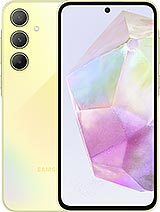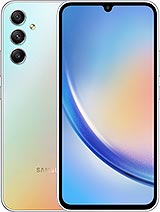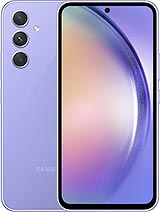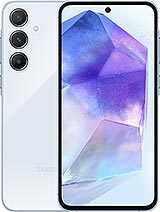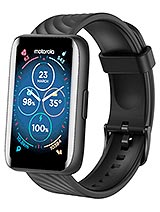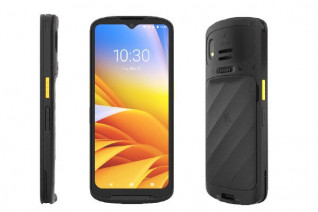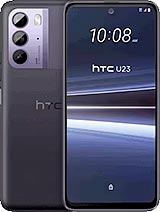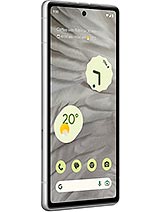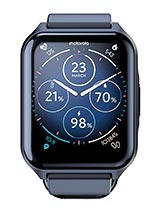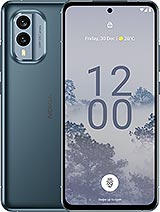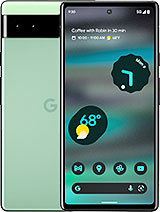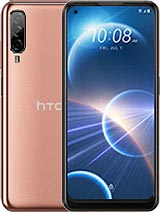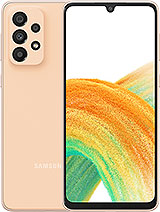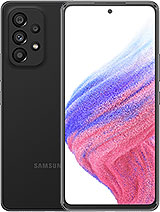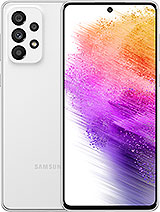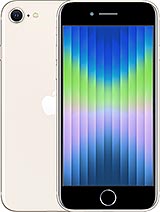IP67 resistance certification devices
List of devices with IP67 resistance certification
The “IP67” nomenclature included in some mobile phones, watches or tablets indicates the level of protection of the electronic device from access by particles such as dust and liquids.
IP stands for "Ingress Protection" or access protection and is regulated by the international standard CEI 60529 Degrees of Protection. In this way, the degree of protection that a device has against dust and water can be easily identified regardless of the country of manufacture or sale of the device.
Today the IP67 protection in a mobile phone or smart watch has become a bit obsolete but still offers some protection against moisture or liquid drops that may fall on the device. Protection against dust is also very important to, for example, protect the photo and video cameras of the phone or tablet and prevent specks of dust or sand from entering that prevent normal taking photos.
The two digits that follow the initials IP indicate in the case of the first digit the degree of protection against solids and the second digit the protection against liquids.
Therefore, the higher these two numbers, the higher the protection of the device against solids and liquids. It must be taken into account that no manufacturer offers a guarantee against liquids and dust since this degree of protection is only guaranteed when the device leaves the factory, this is due to the fact that with the passage of time, use and possible falls the Protection can be degraded or lost entirely.
Nor can they offer a guarantee in the case of devices that have been opened to replace a part such as the battery or the screen glass since this protection is carried out by sealing the device. In the case of IP67 the protection against solids is the highest currently available, grade 6 indicates "Total protection or watertightness".
While the protection of the IP67 standard against liquids is 7 which indicates "The object must withstand (without any filtration) complete immersion at 1 meter for 30 minutes".
